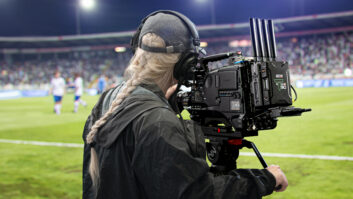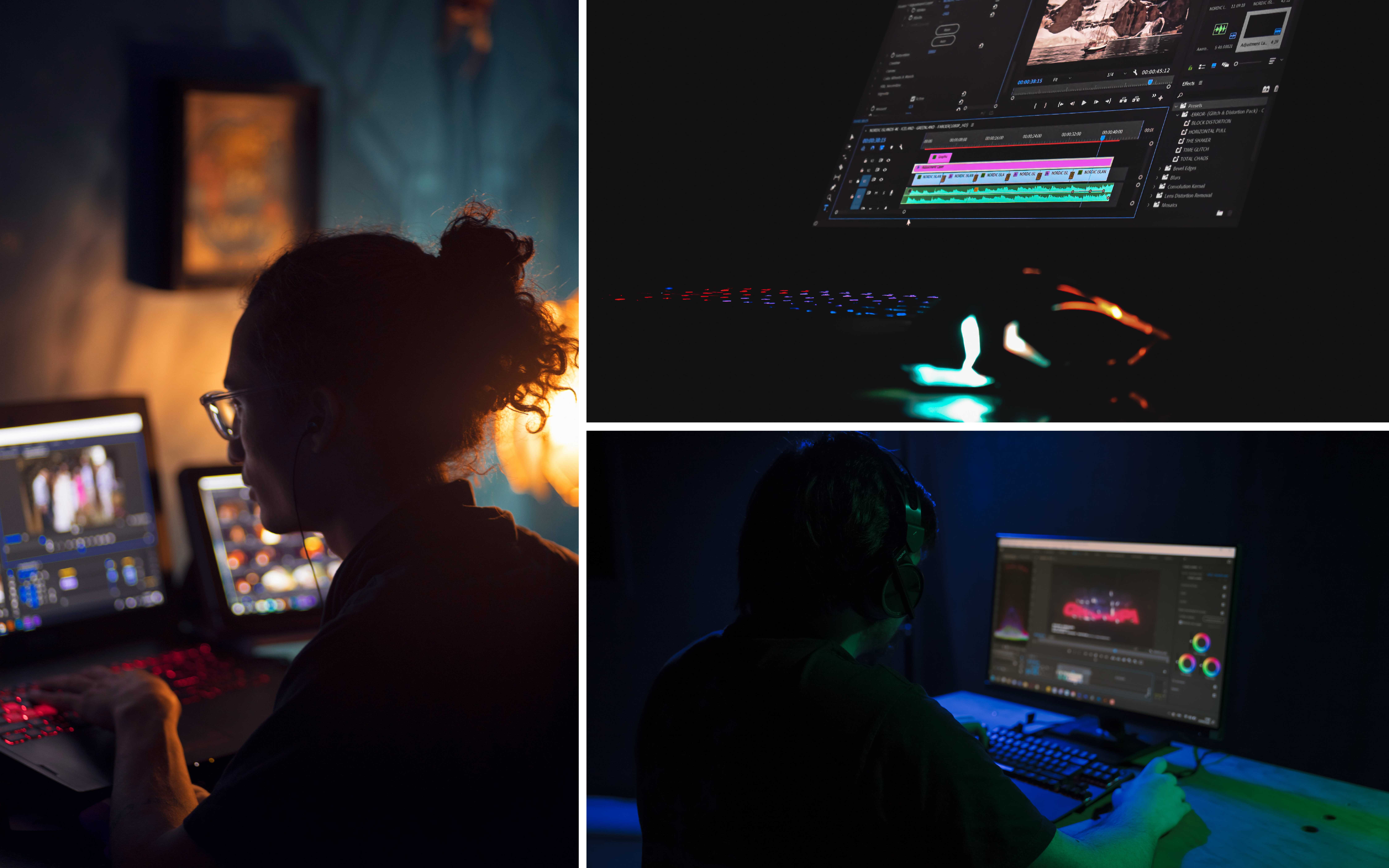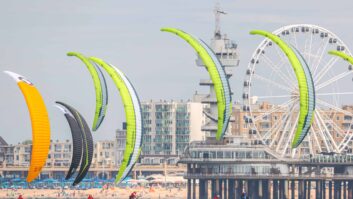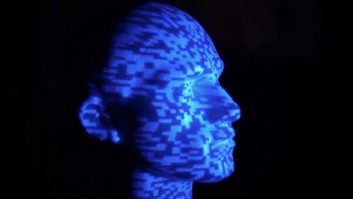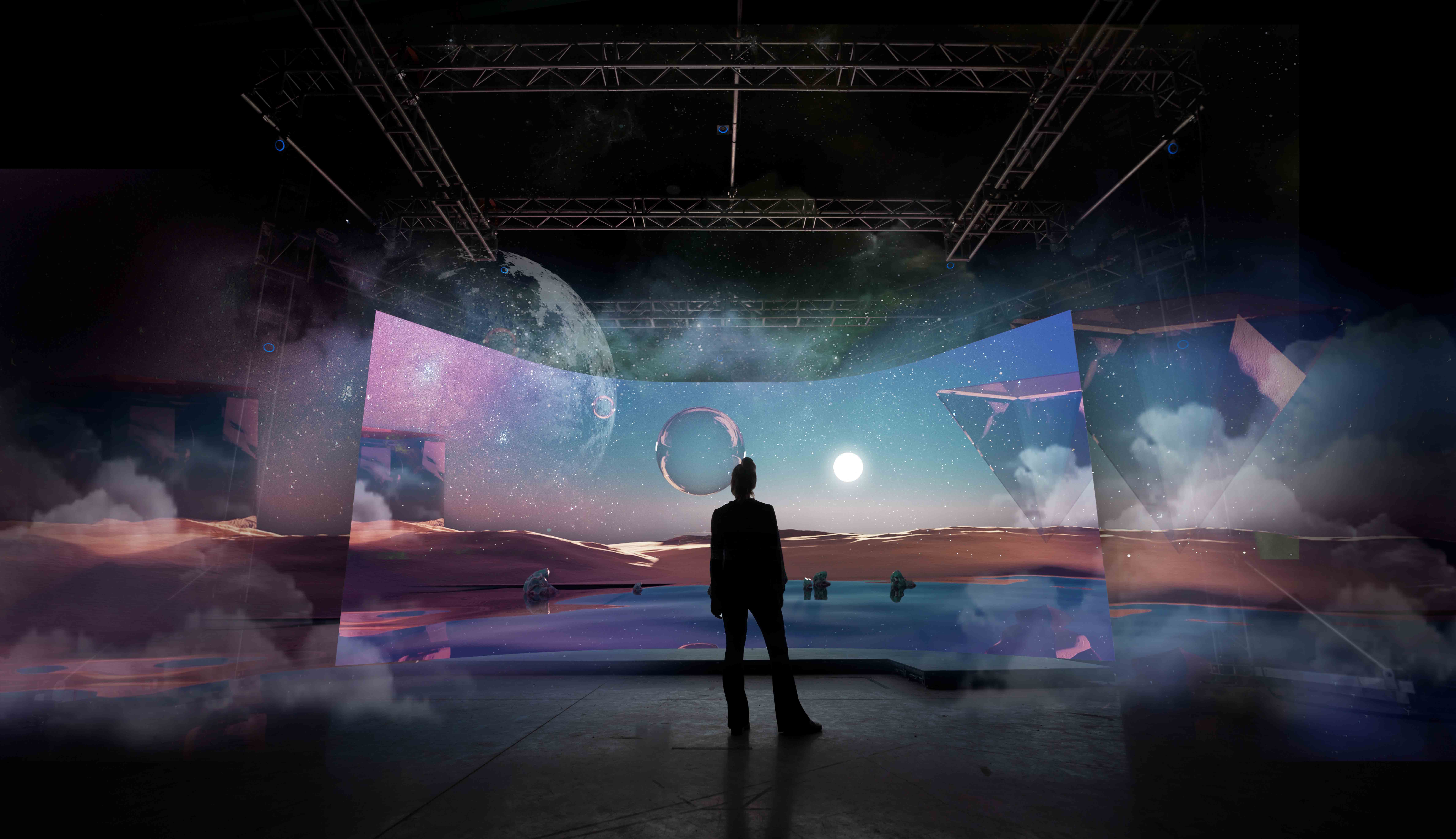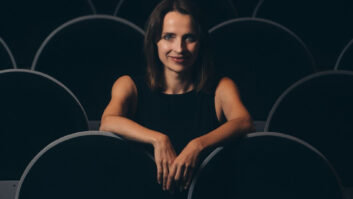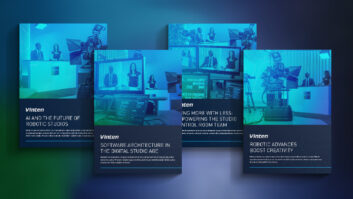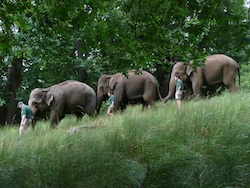
When shooting in Africa or a big production with Sir David Attenborough is out of the question, the answer is to find a controlled location where you can get significant economies of scale. Adrian Pennington reports on the 3D production learning curve behind the new Safari Adventure series.
One sign that 3D production is maturing to include not only single event flagship shows like Flying Monsters 3D but also budget documentary series, is the 10 x 60’ Safari Adventure. The observational documentary filmed over 16 weeks at Woburn Safari Park, features day-to-day stories of wildlife including rhino, lions and giraffes and their keepers, and was shot using techniques learned on live 3D sports. Co-produced by Renegade Pictures and CAN Communicate and commissioned by Dan Korn senior VP, programming at Discovery Networks UK (for 3net in the US as well as transmission on Sky 3D this Saturday), its Directors were Natalie Wilkinson and Livia Simok.
Renegade Co-founder Alan Hayling explains the project’s genesis; “Discovery came to us because of our previous 3D experience and asked us what we could do at relatively low cost. There are companies like Atlantic Productions focused on the very high end but we looked at whether the high volume, lower cost, but still high quality 3D model, could work. In discussion with CAN we concluded that we could control cost — and control the 3D — if we shot in a single location, so long as that location had a lot of story going on. “Shooting in Africa or a big production with Sir David Attenborough was out of the question, so the answer was to find a controlled location where we could get significant economies of scale. If you can do a large volume then you can make really significant savings and not make 3D too much of an extra cost.”
Hayling said the cost premium was around 25% that of a comparative 2D HD shoot, a cost incurred partly on kit but also on “additional crew to move the heavy rig around, a stereographer and rig technician.” The main unit was a pair of Sony P1s with Canon HJ22 lenses mounted on a 3Ality Technica Pulsar. The cameras were worked through an MPE-200 for alignment, which was powered from a small, and crucially silent, generator.
“Shooting wildlife means you can’t predict where your subject will be or what they will do next, so ideally you need the ability to reframe and zoom and converge in camera,” says David Wooster, a director of CAN Communicate. “Working the zooms through the MPE-200 allowed us to shoot in a documentary wildlife style and give us extra flexibility in reframing and changing shots.” CAN was able to draw on operators with experience of pulling convergence live at sports events such as Wimbledon. “We had everyone from rig technician to DIT learn convergence pulling, stereography, the role of the DIT, and how to build a rig so that after a couple of weeks shooting everyone’s role was interchangeable,” says Wooster. “Even though John Perry was the primary stereographer in terms of the overall plan we didn’t want to be stuck having one person as doing DIT or rig work but to keep it all fresh.”
The Sky 3D spec
Woburn’s animals may not be as wild as those in the Seregenti or as unfamiliar with humans gawping at them, but as Wooster sagely observes: “You can’t just rock up to lions.” Since the rig and MPE required a 240v power source, the team found a quieter gas-powered hydrogen cel generator and installed it along with MPE and monitors in a converted army truck (owned by Woburn Safari Park), with a lion-proof cage cut with a hole to fit the mirror box. A second unit camera system was also needed for handheld and close-up work. Explains Stereographer John Perry; “We needed to have a handheld solution we could set up and use really quickly, to grab and go. It needed to be portable. We researched the market for ages but nothing satisfied Sky’s specifications.”
Although the series was shot for Discovery, the producers worked to the Sky 3D spec which requires HD quality imagery recorded at a minimum 50Mbps. According to Wooster, “We looked at various 3D handheld options but none would allow us to get as close as we needed to the subject. We knew that we’d be filming vets and keepers in confined spaces where we’d have to be 3-4 feet from the nearest point of anything in the frame.” Perry took the lead in housing a pair of 2/3 inch sensor Cunima cameras side by side on an aluminium mount for handheld operation. “In terms of IO you can put them right next to each other,” says Wooster. “There’s no zoom but it allowed us to get close to the subject. The first version was like a spider’s web of cables. The lenses themselves only really functioned 100% perfectly the day before shooting started. But from then on it worked extremely well and gave us the versatility we needed.”
In reality the crew used the unit shoulder-mounted with two camera-ops trained to “operate it as if their whole body were a human steadicam,” says Wooster. “They needed a fluid and slower movement. A lot of people grab a 3D camcorder and just shoot it if it were 2D, forgetting the limitations as to how close they are to the subject. If you get too close to something then the object can be pushed too far out of the screen and be unfixable in post. You have to have cameramen trained to shoot 3D handheld in a disciplined way. You need to be incredibly conscious of framing and movement.”
Gathering angles
The Cunima’s were recorded at 140Mbps to a pair of Nano flash recorders with the P1’s recorded at 100Mbps. “After some early teething problems to find acceptable camera angles in this configuration the results proved fantastic,” concurs Duncan Humphreys, CAN Communicate creative director. One of the issues with shooting wildlife is that it is easier to shoot them from far away and to close the distance using longer lenses. In 3D that can collapse the depth and render the 3D effect as a cardboard cutout.
“We aimed to get as close up as often as possible,” says Perry. “When we used a long lens we tried to increase the separation (IO) between the cameras as much as we could to retain some shape and volume.”For Perry, trying to get sufficient coverage was the biggest challenge. “Working with animals you would normally shoot handheld or with fairly long focal length, with a camera on a tripod that you can easily pick up and move and reframe to get lots of angles for the editor to build the story in the edit. “With such a heavy, cumbersome 3D rig it was taking us much longer to move to a different position so we were limited in the shots we could give an editor. We planned on getting wider shots and holding them longer to make two minute sequences from fewer, longer shots.”
This can work in 3D because the audience needs fewer cuts to understand the story. “For the first couple of months we were worried whether we were gathering enough angles to tell the story but the crew got really slick at not carrying and setting up the rig and lenses. So as we went on were able to pick up more and more shots.”
The production generated 250 hours of rushes, around three hours a day at a ratio of 25:1, similar to the schedule of a 2D documentary. “We had to think very carefully about how we shot and recorded so that we didn’t end up having to store 200-300TBs,” says Wooster. Media was logged onsite combined with DIT references to any issues with shots and LTO backed up, a copy for each eye, at the same time. A set of 3D GoPros were also used for various dramatic shots. Editing was performed in 2D on Avid with finishing on a pair of Pablos linked to a Quantel Genetic SAN. The project was originally conceived in 3D alone, but an identical 2D cut was versioned for Discovery after its executives liked what they saw.
3D evolution
The stereography was designed to be an immersive into-the-screen experience with occasional out of screen moments so long as they fitted naturally to the story. These included a flock of birds, a giraffe’s head coming down to eat and a rhino’s horn turned to camera. Since each of the 10 programmes was constructed from rushes which could have been shot on Day one or Day 120, all of the material needed to be held online.
“The most challenging part of the project is that we could have done with more time in post because we are working 24 hours a day to finish the show — which is fine but not an ideal scenario,” says Wooster. “The biggest thing from when we started the show to where we are now is that there’s starting to be an evolution of 3D technology in the marketplace which is making documentary-style 3D filming more and more feasible.” Innovations, he said, include Sony’s shoulder-mounted camcorder and a number of recording options from One Beyond and Cineform to AJA cards. One development that may assist future similar productions, said Humphreys, is a ruggedised, location battery-powered MPE with built-in recorder.
